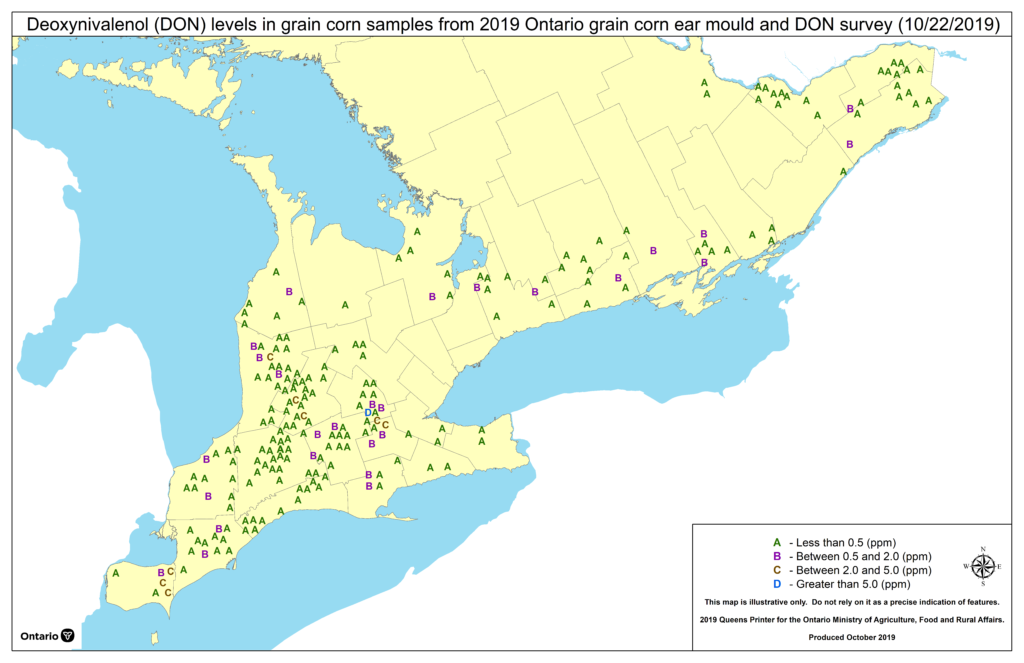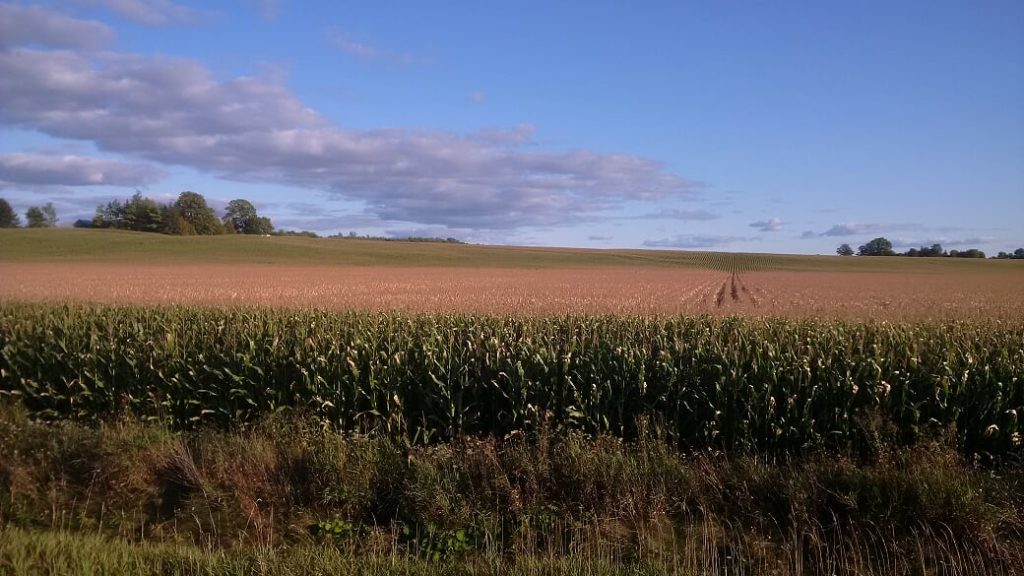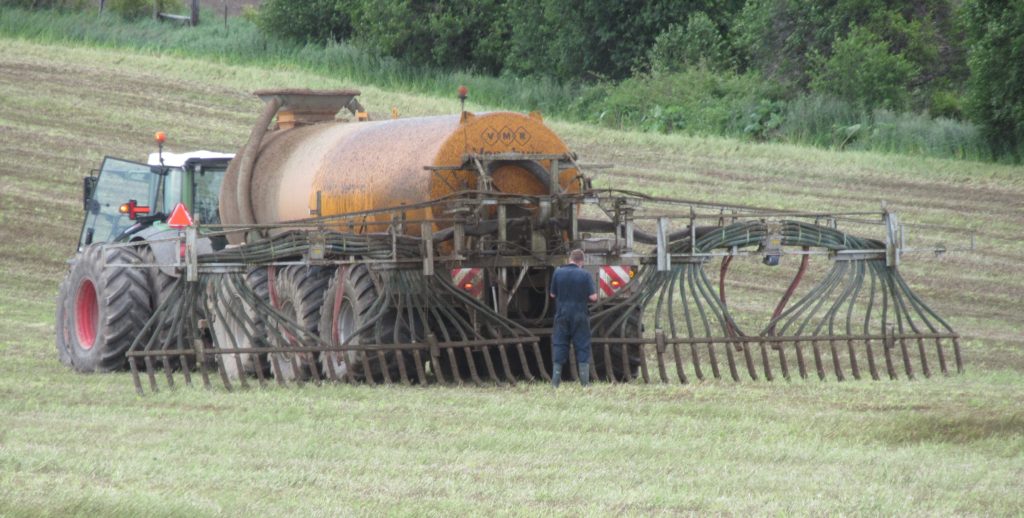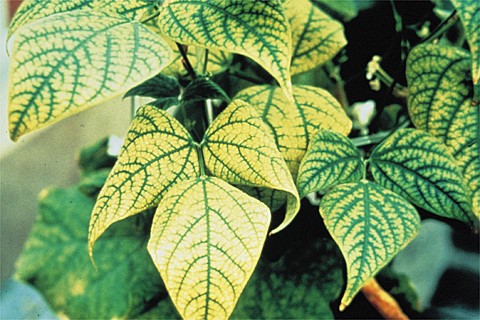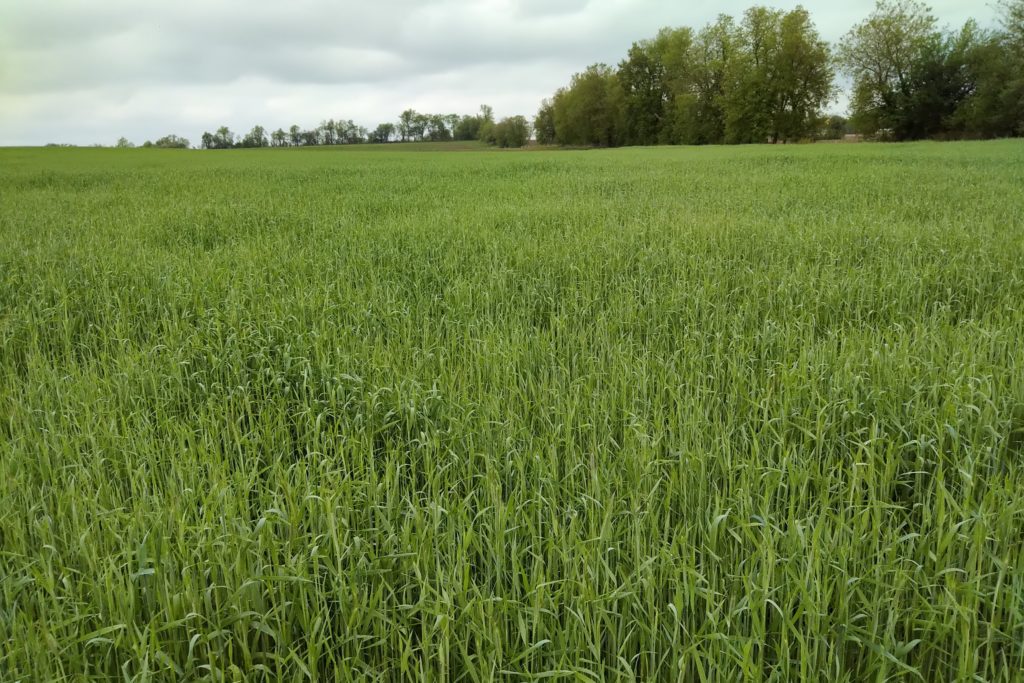Drying and storing corn with low test weight
So your corn was planted late and got damaged by frost, or maybe it wasn’t quite fully mature when you harvested. You ended up harvesting low-test-weight corn. Now it needs to be dried and stored. Storing in your own bins may provide some marketing advantages. There may not be much tolerance for lower-quality grain sold […]
